Understanding OPGW Junction Boxes
Optical Ground Wire (OPGW) junction boxes are integral components in modern telecommunication and electrical infrastructure. These specialized joint boxes for OPGW serve as pivotal connection points, housing and protecting the delicate optical fibers that run alongside power lines. The role of an OPGW junction box is to facilitate the branching off or routing of optical signals, which is essential for the maintenance and expansion of communication networks.
Types and Applications
The versatility of OPGW junction boxes is reflected in their various types, each designed to meet specific environmental and technical requirements. From simple splice enclosures to complex branching units, these junction boxes are employed in a multitude of settings, including power transmission, telecommunication, and network management systems. Their application is critical in ensuring uninterrupted data transmission and protecting fiber optic cables from external elements.
Features and Materials
Constructed from robust materials, joint boxes for OPGW are engineered to withstand harsh environmental conditions. The materials typically include high-grade, impact-resistant plastics or metals, offering superior durability and protection. Features may include weatherproof seals, grounding capabilities, and easy-access designs for efficient maintenance. The emphasis on material quality and design features ensures the longevity and reliability of these junction boxes in diverse operational scenarios.
Advantages of OPGW Junction Boxes
The use of OPGW junction boxes brings several advantages to electrical and fiber optic networks. Their sturdy construction provides essential protection for optical fibers against mechanical stresses and environmental factors. Additionally, the design of these boxes allows for efficient cable management and ease of access for technicians, which is crucial for quick repairs and upgrades. The adaptability of these junction boxes to different types of OPGW cables makes them a preferred choice for network engineers.
Customization and Performance
While the standard designs of OPGW junction boxes cater to common requirements, customization options are available to address unique network configurations. These boxes can be tailored in terms of size, capacity, and additional features to meet specific project demands. Despite the variations, all junction boxes maintain a focus on performance, ensuring that they serve their purpose effectively without compromising the integrity of the optical network.
Choosing the Right OPGW Junction Box
Selecting the appropriate joint box for OPGW is crucial for any project. Factors to consider include the environmental conditions, the number of fiber optic cables to be managed, and the specific requirements of the electrical network. It is important to assess the specifications of each junction box to ensure compatibility and optimal performance within the intended application.
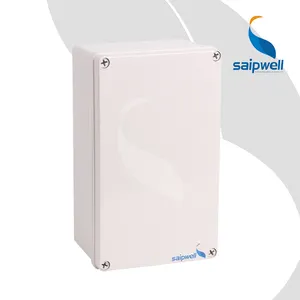
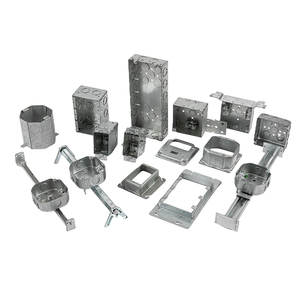



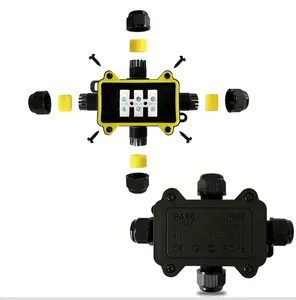

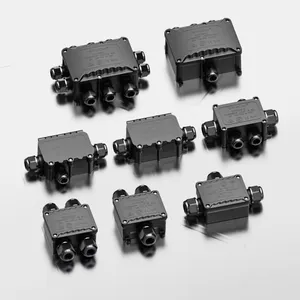



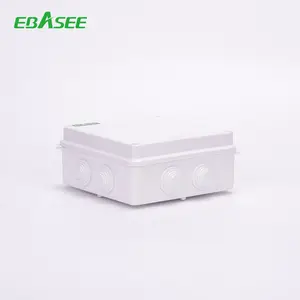









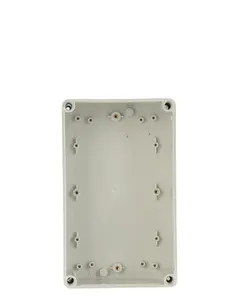
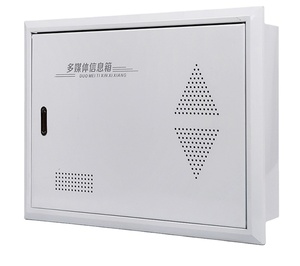


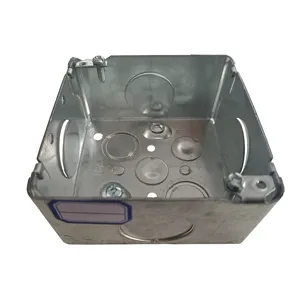
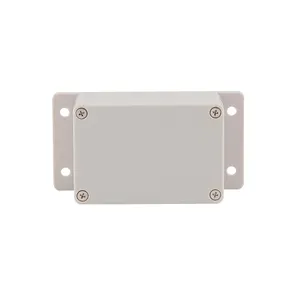







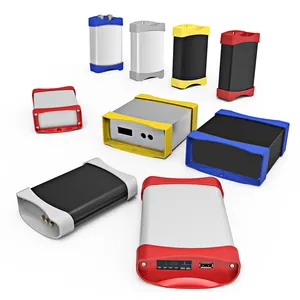



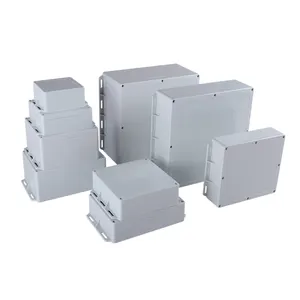




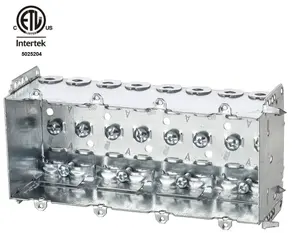
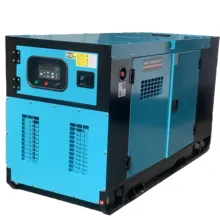

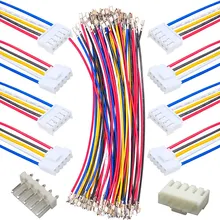

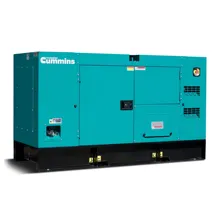























 浙公网安备 33010002000092号
浙公网安备 33010002000092号 浙B2-20120091-4
浙B2-20120091-4